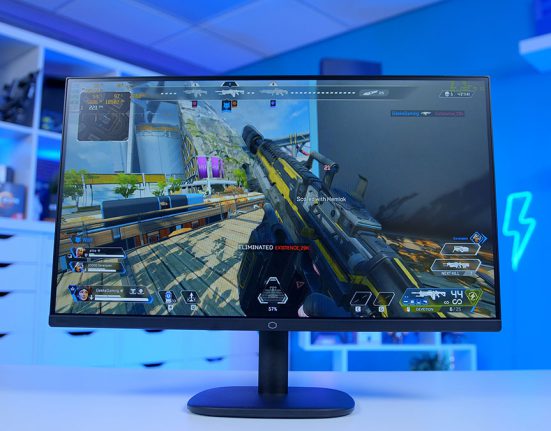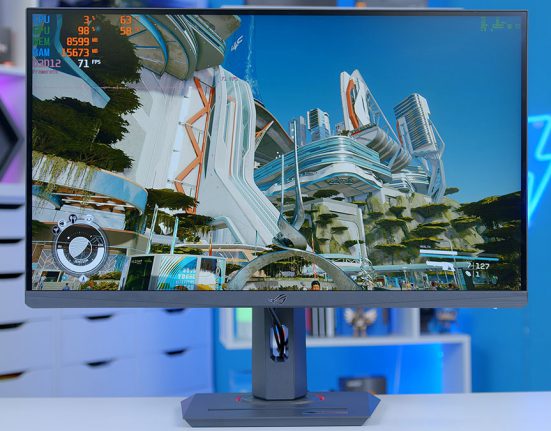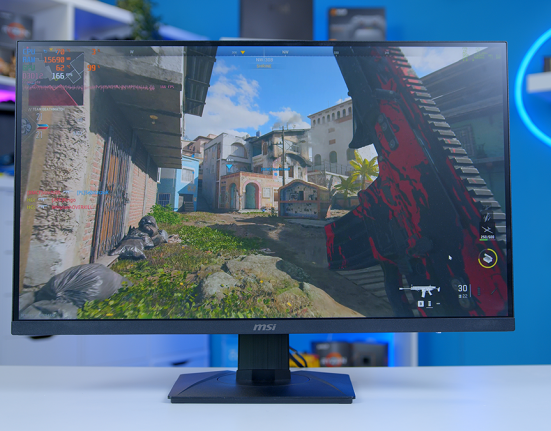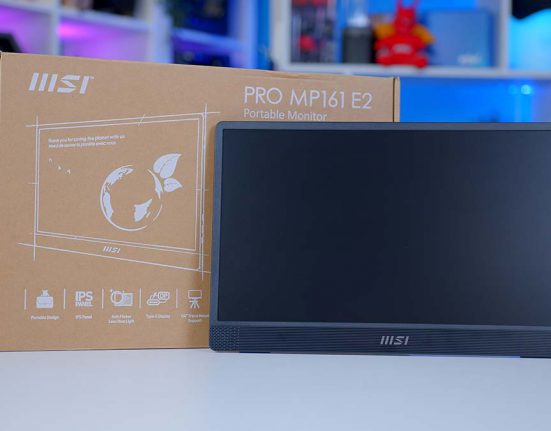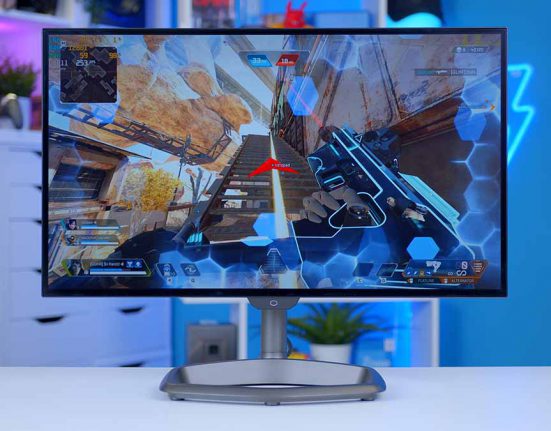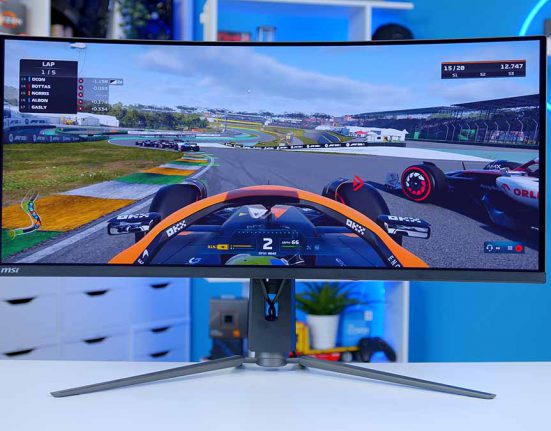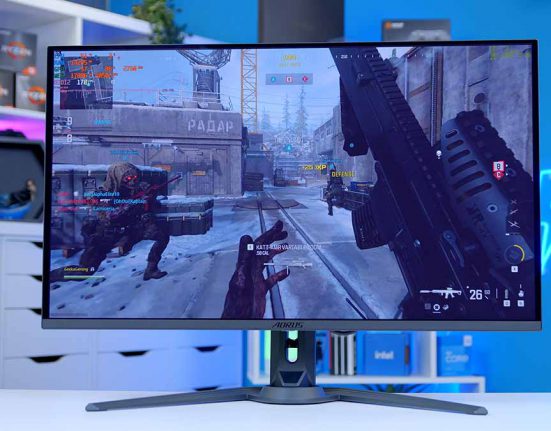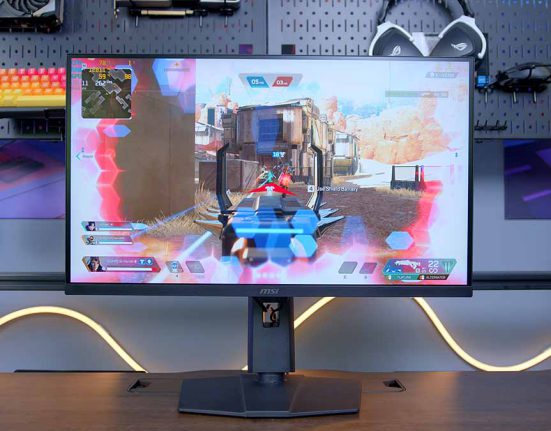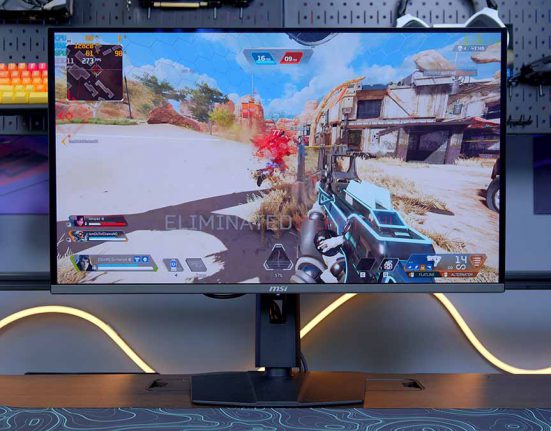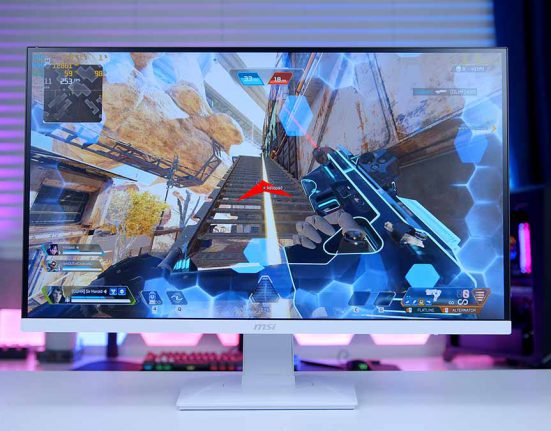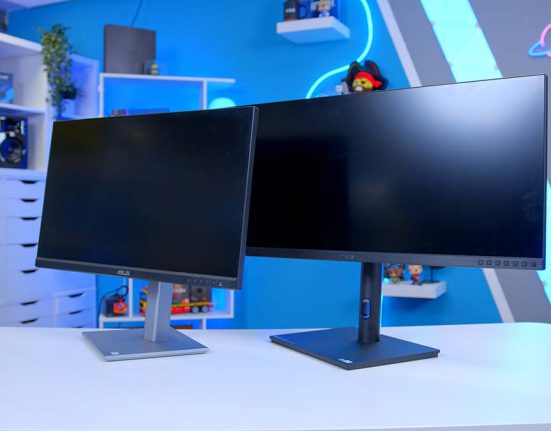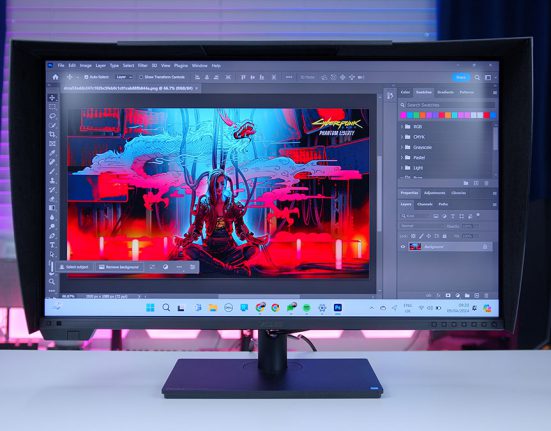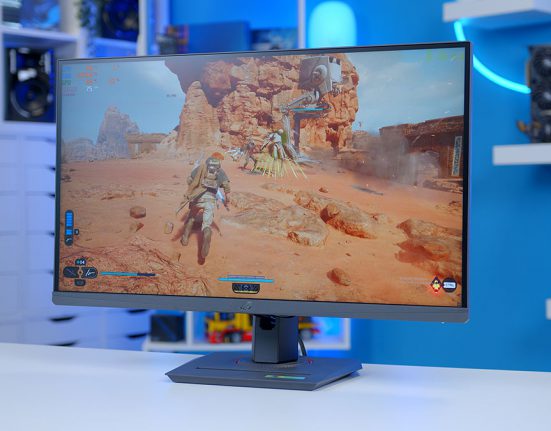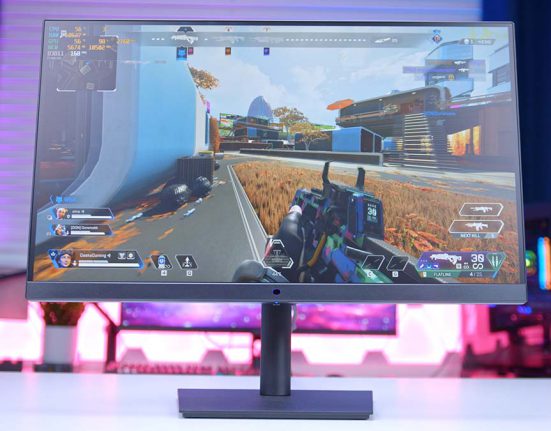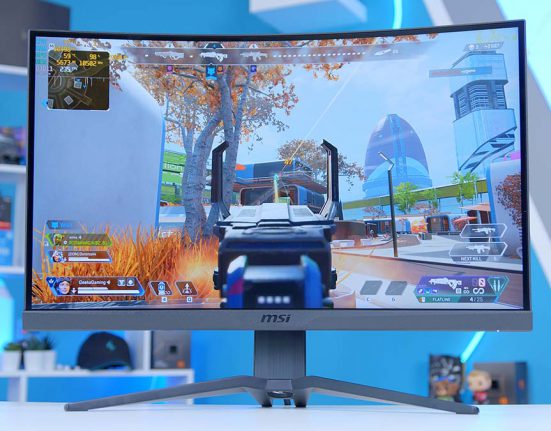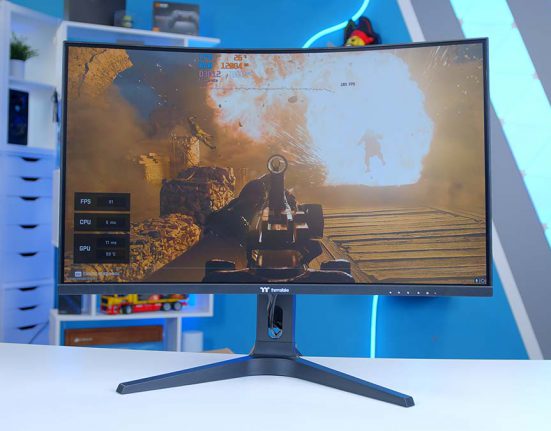Monitors
Reviews
Cooler Master GM25FP Gaming Monitor Review
- by Aled Wheeler
- October 15, 2024
- 8 minutes read
Monitors
Reviews
MSI MPG 491CQP QD-OLED Gaming Monitor Review
- by Aled Wheeler
- September 18, 2024
- 8 minutes read
Monitors
Reviews
ASUS ROG Strix XG27UCG Gaming Monitor Review
- by Aled Wheeler
- September 16, 2024
- 11 minutes read
Monitors
Reviews
MSI MAG 274QRF QD E2 Gaming Monitor Review
- by Aled Wheeler
- September 6, 2024
- 8 minutes read
Monitors
Reviews
MSI Pro MP161 E2 Portable Monitor Review
- by Jay Harris
- July 29, 2024
- 8 minutes read
Monitors
Reviews
Cooler Master Tempest GZ2711 Gaming Monitor Review
- by Jay Harris
- July 29, 2024
- 9 minutes read
Monitors
Reviews
MSI MAG 341CQP QD-OLED Gaming Monitor Review
- by Jay Harris
- July 24, 2024
- 9 minutes read
Monitors
Reviews
MSI MPG 321URX QD-OLED Gaming Monitor Review
- by Jay Harris
- June 25, 2024
- 9 minutes read
Buyers Guides
Monitors
Best ASUS ProArt Monitors to Buy in 2024
- by Aled Wheeler
- April 26, 2024
- 8 minutes read
Monitors
Reviews
Cooler Master Tempest GP2711 Gaming Monitor Review
- by Jay Harris
- April 22, 2024
- 8 minutes read
Monitors
Reviews
ASUS ROG STRIX XG27ACS Gaming Monitor Review
- by Aled Wheeler
- March 28, 2024
- 6 minutes read
Monitors
Reviews
Cooler Master GM2711S Gaming Monitor Review
- by Aled Wheeler
- March 14, 2024
- 6 minutes read
Monitors
Reviews
MSI MAG 275CQRXF Gaming Monitor Review
- by Aled Wheeler
- February 26, 2024
- 6 minutes read
Monitors
Reviews
Thermaltake TGM-V32CQ Gaming Monitor Review
- by Aled Wheeler
- February 14, 2024
- 6 minutes read



